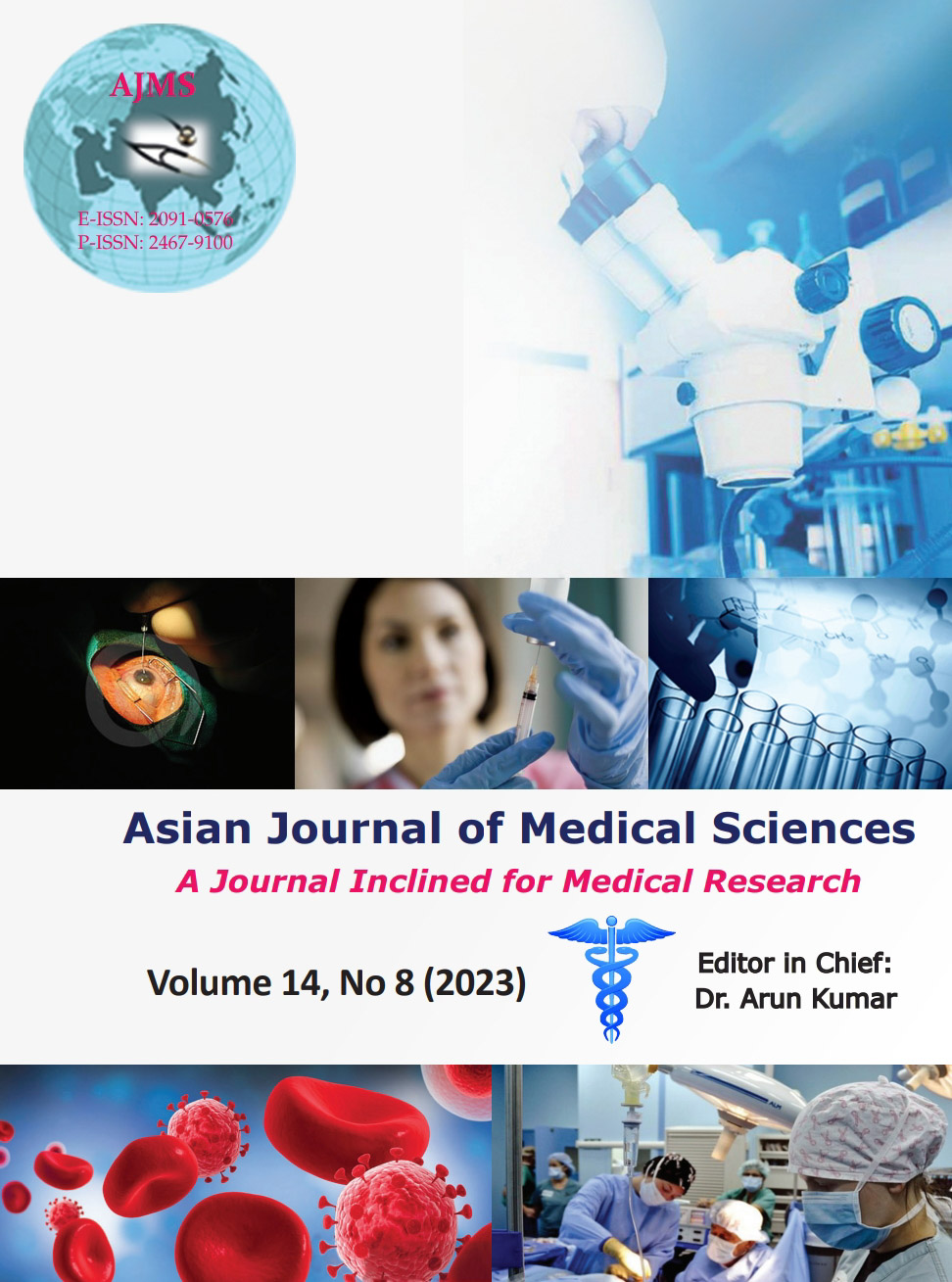Study of the incidence and profile of acute transfusion reactions in children
Keywords:
Acute transfusion reactions; Acute transfusion reactions incidence; Incidence risk factors; Risk factors; Febrile non hemolytic transfusion reactions; Allergic reactions; Hemolytic reactionsAbstract
Background: Blood is a vital human tissue and a precious health resource. Use of these components may be associated with adverse events, which compromise the efficiency and safety of blood transfusion. The incidence of adverse transfusion reactions has declined with modern facilities like improved screening and transfusion practices, but some are still observed due to alloimmunization, bacterial contamination, immunomodulation, etc.
Aims and Objectives: To study the incidence and profile of acute blood transfusion reactions (ATR) in pediatric patients at our center.
Materials and Methods: We monitored ATRs in patients receiving blood components among the age group of 1 month–18 years, during September 2021–August 2022. A detailed proforma was used to collect data from patients developing ATR.
Results: ATRs were observed among 329 patients (3.9%) out of 9501 transfusions. In decreasing order of frequency, febrile nonhemolytic transfusion reactions (3.3%), allergies (0.5%), hemolytic reactions (0.1%) were observed. ATRs were most commonly observed with red cell concentrate transfusions (90.6%) followed by platelets (7%) and then plasma (2.2%) (P=0.059). Most of the reactions occurred within 1st 2 h (82.4%) of transfusion and the most common symptom recorded was fever (61.5%) followed by chills and rigors (20.9%). We found a significant association between ATRs and previous history of blood transfusion (81.8%) (P<0.00001) and also with storage of blood components for more than 3 days (88.8%) (P=0.019).
Conclusion: The prevalence of ATR was 3.9% among pediatric patients in our setup. Knowledge of risk factors associated with transfusion reaction will help in improving transfusion practices.
Downloads
Downloads
Published
How to Cite
Issue
Section
License
Copyright (c) 2023 Asian Journal of Medical Sciences

This work is licensed under a Creative Commons Attribution-NonCommercial 4.0 International License.
Authors who publish with this journal agree to the following terms:
- The journal holds copyright and publishes the work under a Creative Commons CC-BY-NC license that permits use, distribution and reprduction in any medium, provided the original work is properly cited and is not used for commercial purposes. The journal should be recognised as the original publisher of this work.
- Authors are able to enter into separate, additional contractual arrangements for the non-exclusive distribution of the journal's published version of the work (e.g., post it to an institutional repository or publish it in a book), with an acknowledgement of its initial publication in this journal.
- Authors are permitted and encouraged to post their work online (e.g., in institutional repositories or on their website) prior to and during the submission process, as it can lead to productive exchanges, as well as earlier and greater citation of published work (See The Effect of Open Access).




